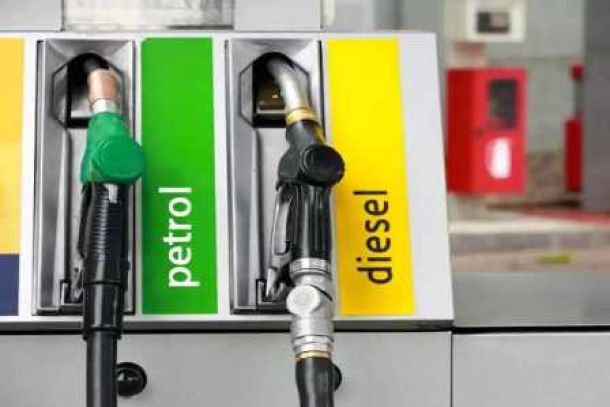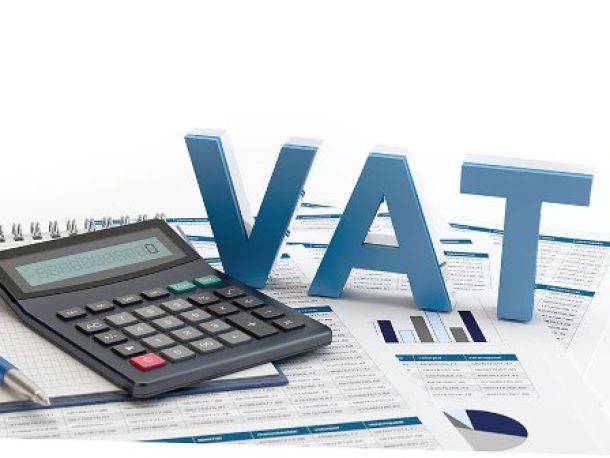Eskom’s cash dries up
Struggling power utility Eskom’s poor governance has left it teetering on the edge of insolvency, with only R1.2bn of liquidity reserves expected to be in hand at the end of the month.
Eskom’s latest report to its shareholder representative, Public Enterprises Minister Lynne Brown, showed that the state utility’s liquidity is fast drying up, as it struggles to raise funds in an unsympathetic market.
The report for the second quarter of 2017 painted an alarming picture of funding difficulties and declining liquidity, primarily driven by perceptions of poor governance.
Most importantly, the report, which has been viewed by EE Publishers and Fin24, raised issues of Eskom's status as a going concern by its auditors. In the report, Eskom tells Brown that its governance issues are having a negative impact on financial sustainability and the utility’s ability to keep going.
Several key Eskom executives, including suspended chief financial officer Anoj Singh, ex-Eskom boss Brian Molefe and suspended executive Matshela Koko are being investigated for their role in state capture at the state utility, while parliament has heard shocking revelations of how looting took place at Eskom with the assistance of key executives.
Eskom spokesperson Khulu Phasiwe told Fin24 that drawdowns from committed facility agreements are being expedited to improve liquidity as a main priority. He added that investors had told Eskom that the parliamentary inquiry was vital in revealing issues that need to be dealt with.
“Once in the open, a way forward can be paved for addressing the issues and potential future investment.”
Asked about whether the reinstatement of Koko was a risk to Eskom, Phasiwe said the indication from investors is that a stable management structure is required to access additional funding.
Ministerial spokesperson Colin Cruywagen said Brown as a practice did not comment on correspondence between her and other parties, including state owned enterprises.
“This is an Eskom operational matter,” he said.
Only R1.2bn left in the kitty
The reports showed that the state utility will only have R1.2bn cash in hand at the end November 2017 against a target of R20bn.
It further estimated that Eskom will move into a negative liquidity position of approximately R5bn by the end of January 2018, which raises questions on whether Eskom will be able to pay salaries and other operating costs.
Eskom said in the report that it would have to tighten its belt considerably and reduce its short-term capital expenditure by R5bn to R10bn until its funding issues are resolved.
Phasiwe said that cost cutting has been effective in further improving liquidity “and remains a focus area going forward.”
He believed an increase in tariffs over time, additional funding initiatives and the cost-cutting exercise under the current strategy will ensure that Eskom maintains its going concern status.
National Treasury did not respond to detailed questions on Eskom’s liquidity problems and a possible bailout, but Fin24 understands that a special task force consisting of Treasury, The Department of Public Enterprises and Eskom has been established to find a solution for the state utility’s economic woes.
Bailout looming?
Finance Minister Malusi Gigaba has indicated that government will not allow Eskom to fail, and thus business rescue or commencement of bankruptcy proceedings is not an option.
In such circumstances the state will therefore have little option but to assist with a further bailout to keep the utility afloat.
The report provided compelling substance to Gigaba’s recent 2017 Medium-Term Budget Policy Statement that Eskom’s financial position was the most serious threat facing the South African economy and budget. If the government allows Eskom to fail, or does not honour its guarantees, the impact on South Africa, the economy and Eskom would be disastrous.
Liquidity issues
According to Eskom in the report, the group will have approximately R1.2bn of liquid assets at the end November, and this assumes the successful draw-down of R2.2bn from development finance institution (DFI) loans and R1.3bn export credit agency (ECA) facilities.
The report further stated that the qualified audit opinion in Eskom’s 2016/17 annual financial statements relating to irregular expenditure, governance issues and changes in leadership has negatively impacted on investor sentiment, affecting the volume of future funding, current drawdowns and liquidity position of Eskom.
As a result, Eskom in discussion with banks to provide a short-term “bridge-to-bond” facility to mitigate funding risks and improve liquidity, it told Brown.
Eskom indicated in the report that in order for banks to approve the facility, they require certain due diligence requirements, including responses on governance, proposed timelines, process and publication of findings and implementation of all recommendations arising from findings. The outcome and timing of responses from Eskom could further delay the approval of this funding.
Poor governance and fundraising
The report identifies that in order to improve both liquidity and the execution of funding initiatives, it is critical that governance related issues and investigations are resolved, and that stability returns within Eskom’s board and executive management.
Investors told Eskom these issue had to be resolved before any firm commitments on funding could be made.
Rating agencies have also indicated their deep concerns regarding governance and leadership at Eskom, and are closely monitoring the execution of the funding initiatives, the report states.
Any further downgrades would exacerbate the current situation, and put at risk the execution of Eskom’s funding plan, the state utility warned Brown.
Qualified report
Eskom says it will continue engagements with lenders and investors to mitigate the impact of its qualified audit report and governance related matters to secure committed and bridge funding facilities.
Ultimately the power utility’s qualified report contributed greatly to the pickle it finds itself in.
The report shows that prior to the qualified financial statements for 2016/17, Eskom had projected liquidity reserves of R26.8bn at March 2018.
But the postponement of the sale of Eskom Finance Company, and an inability to access planned domestic and foreign funding for the rest of 2017/18, has skewered the utility’s liquidity position.
Eskom’s liquidity amounted to only R9.1bn at the end of September 2017, and the projected liquidity as at March 2017 has been downwardly adjusted to R5bn.
The quest for funding
Eskom's borrowing programme for its 2017/18 to 2021/22 financial years amounts to R337bn. The funding plan for the 2017/18 financial year was initially approved at R72bn, but has since been adjusted down to R54bn.
Yet by September 30, Eskom had only secured 56% of the revised R54.2bn for the year, mostly due to the lack of demand in the local bond market due to the lingering market concerns.
This revised funding requirement is highly dependent on several factors including an international bond issue of R13.2bn, and drawdowns of R7bn from the China Development Bank loan and R3bn from an AfDB loan.
Also critical for the funding plan is the issuing of domestic bonds and commercial paper of approximately R5,5bn. But the investor due diligence needed for this are held up by Eskom’s inability to restore trust regarding its governance procedures.
The suspensions of executives could delay the due diligence until the outcomes of various investigations are known, the report states. Also at risk is the ECA financing of R5bn due to the ongoing investigations.
Market holdings of Eskom's commercial paper issued for a period up to one year decreased to R5.55bn at the end of September, while cash raised in the bond market was limited to R836m.
Plummeting revenue is also exacerbating the situation. On 30 September the Eskom group’s revenue of R95.5bn was R3.75bn lower than budget, due to lower than budgeted electricity sales volumes and revenue of R2.64bn deemed uncollectible.
*The article was a collaboration between Fin24 and EE Publishers.
(Gianluigi Guercia, AFP)
News Category
- International retailers
- On the move
- Awards and achievements
- Legislation
- Wine and liquor
- Africa
- Going green
- Supplier news
- Research tools
- Retailer trading results
- Supply chain
- Innovation and technology
- Economic factors
- Crime and security
- Store Openings
- Marketing and Promotions
- Social Responsibility
- Brand Press Office
Related Articles

Empowering South African households through gro...

SPAR shares practical tips to beat food inflation

South African motorists could be paying up to R...

Big VAT changes on the cards


